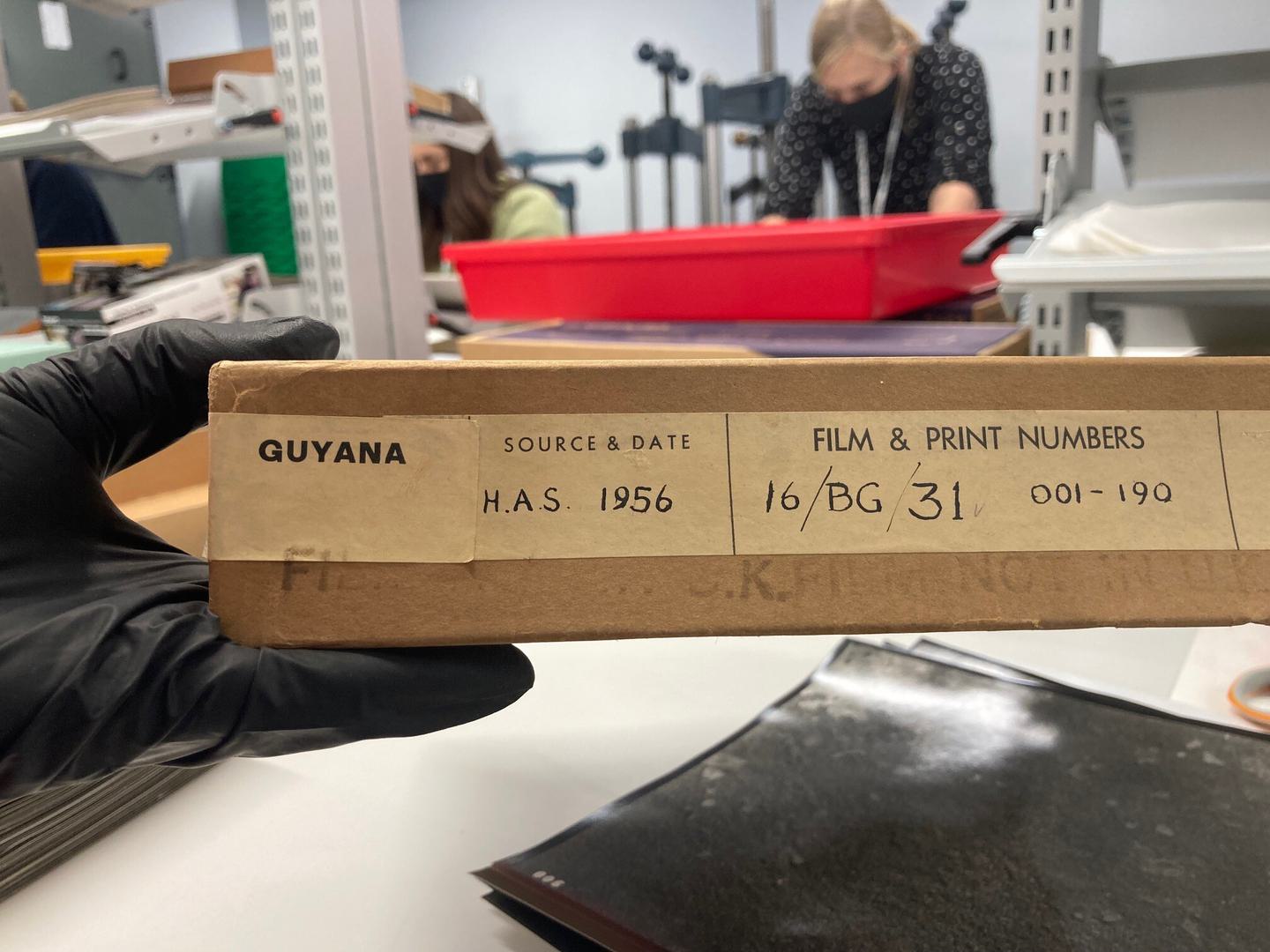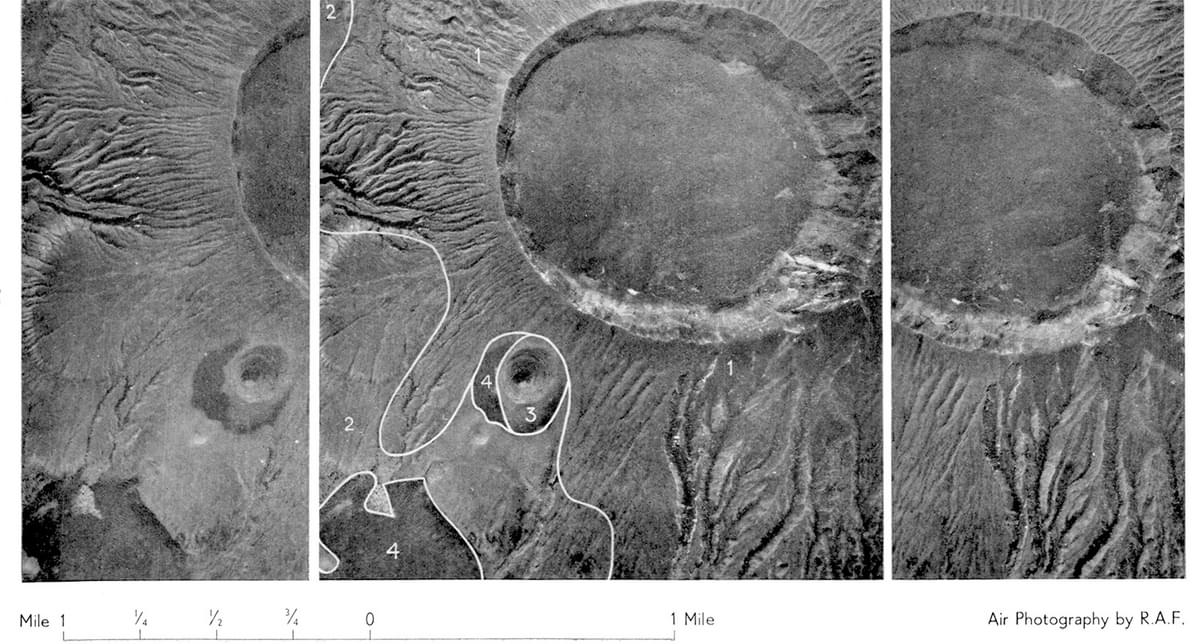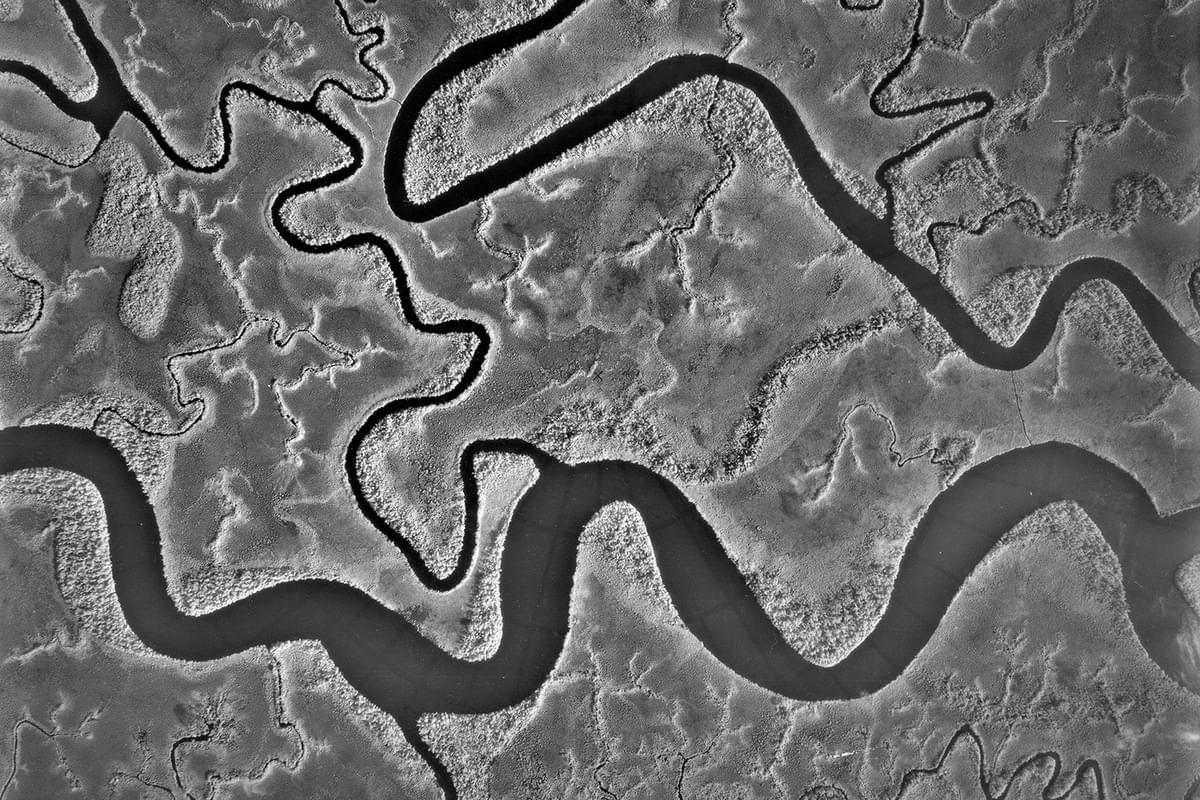How the Directorate of Overseas Surveys Collection Came to NCAP

The first article in our series for the exhibition ‘Reinterpreting the Directorate of Overseas Surveys’ (DOS) tackled the history of the DOS until its transfer to the Ordnance Survey in 1984 and subsequent closure in the 1990s. This second article looks at what happened to the collection after operations ceased.
The Breaking up of the Collection
By the 1990s, the Ordnance Survey decided they should no longer remain stewards of the large body of records, historic photographs and maps associated with the DOS which they had acquired. The National Archives took on the care of selected records associated with the DOS and the maps were taken up by the British Library in London and the Bodleian Library in Oxford.
Copies of these maps also appear in other collections across the UK, including the National Collection of Aerial Photography (NCAP). The photographs taken for the DOS were given to the newly created British Empire and Commonwealth Museum in Bristol, which opened in 2002 courtesy of funding from the Millennium Commission.

Storage conditions for the DOS collection at the British Empire and Commonwealth Museum in Bristol were completely unsuitable.
Unfortunately, the collection proved to be an unsuitable fit for the museum where it was stored in unstable conditions. In 2009, the museum closed. Many of its collections were transferred to the care of Bristol City Council in 2012 after a scandal involving the unauthorised sale of items by the museum’s director. The future of the DOS collection was once again uncertain before Allan Williams, Head of NCAP, became aware of its precarious position and swept in.
Saving the Collection
He recognised the value of the collection and, along with a team from NCAP, set about rescuing it from its damp and mouldy conditions. Unfortunately, at the time of its acquisition by NCAP there were not the resources to preserve or digitise the material.

The collection was transferred to NCAP in its original boxes.
However, in 2014 Stockholm University heard about the DOS collection and, like the NCAP team, recognised its potential as a tool in climate research, if it could be digitised. Thanks to funding from the Bank of Sweden Tercentenary Foundation, and in collaboration with the University of California Berkley and Stockholm University, we were able to preserve and digitise the entire DOS collection.

The NCAP team preserved and scanned 1.7 million images in two years.
Innovative Digitisation
Such a volume of work was only possible thanks to substantial investment in the creation of state-of-the-art automated digitisation technology. Working with specialist engineers, we developed a collaborative robot (called a cobot) capable of repeatedly and delicately handling cleaned, flattened photographic prints for scanning.
Over the course of three years and under the supervision of Sheila Masson, former Photographic Preservation Manager at NCAP, the cobots and a team of collections assistants preserved and digitised the 1.7 million images in the DOS collection. These images are now in the process of being catalogued and uploaded to airphotofinder.ncap.org where they will progressively become accessible by everyone.

NCAP’s cobots are able to delicately lift historic photographic prints and place them onto scanners, increasing the rate at which images can be scanned.
In the next and final instalment in this series of articles about DOS, learn more about what questions the DOS collection raises today about the legacy and uses of such a large and wide-reaching photographic archive.
You can visit ‘Reinterpreting the Directorate of Overseas Surveys’ at the University of St Andrews Arts Lecture Theatre Foyer until the end of July 2025. An associated event presented by NCAP Metadata Coordinator Vivian Myron and NCAP Operations Manager Rachel Nordstrom will be held at the National Collection of Aerial Photography on 10 July 2025.
Vivian Myron, NCAP Metadata Coordinator


